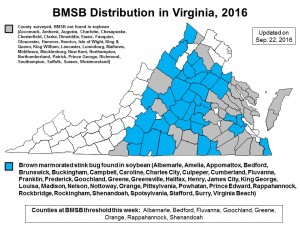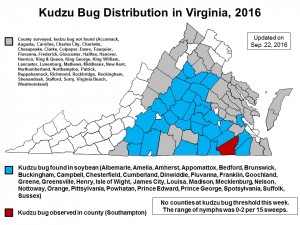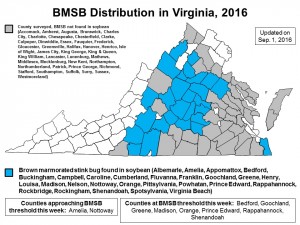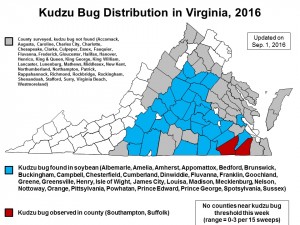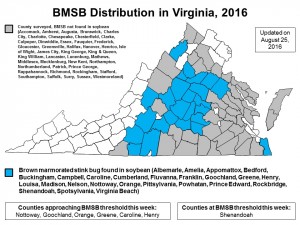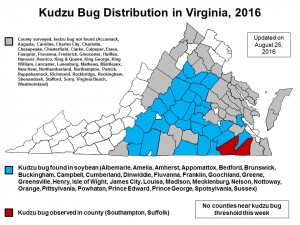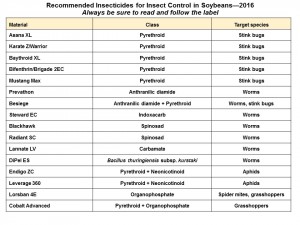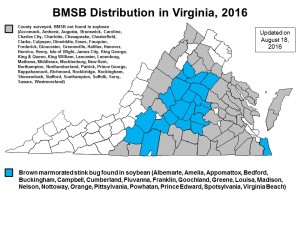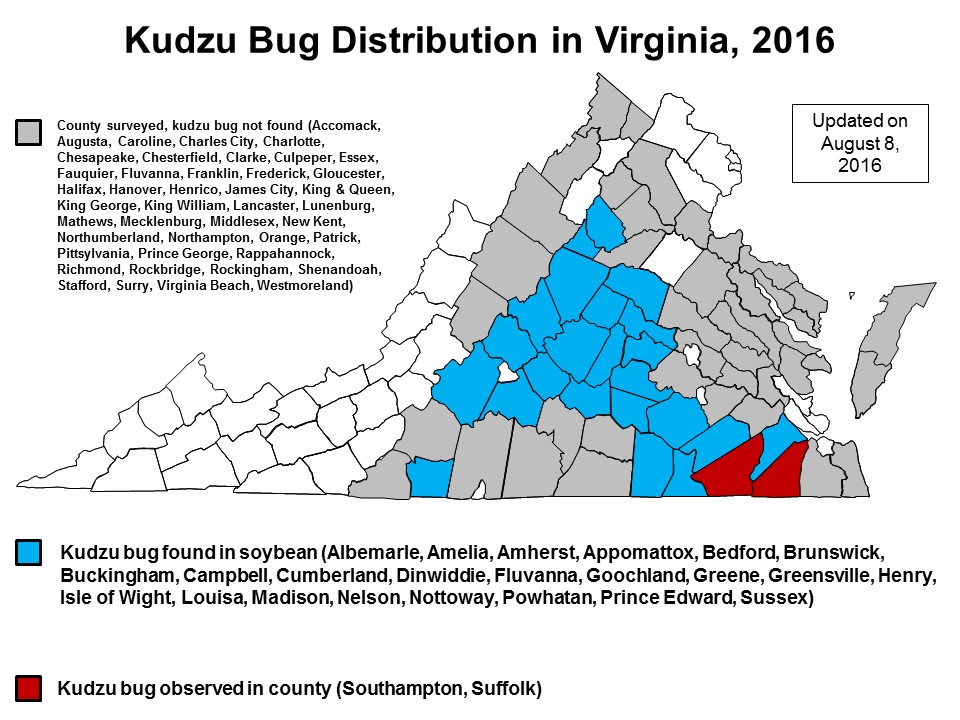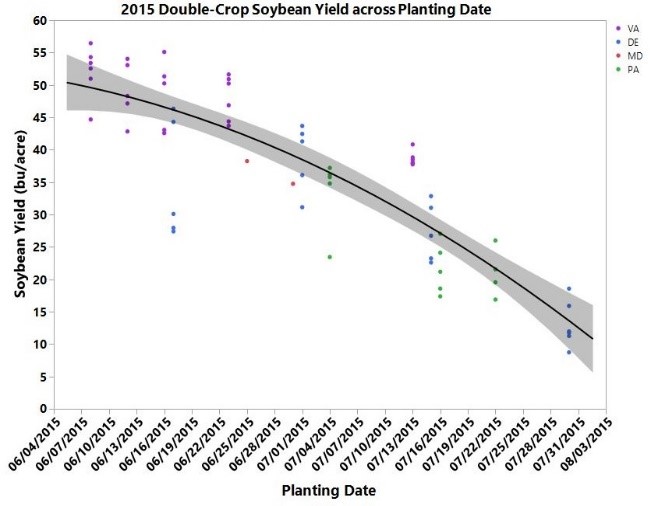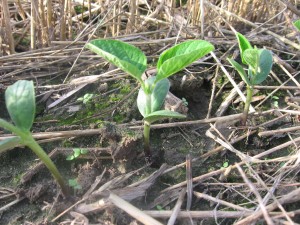November 15-17, 2016
Princess Royale Hotel in Ocean City, MD
Registration is open for the 22nd annual Mid-Atlantic Crop Management School. This year’s school will feature 2 ½ days of timely presentations in the areas of crop management, nutrient management, pest management, soil and water management, and climate. This year, the school will also feature the popular Crop School on Wheels field tour (limited to 50 participants). Nutrient management (VA, MD, DE, PA), pesticide, and certified crop adviser (CCA) credits will be available. Register early for the best selection of sessions.
The session schedule is online at: https://cdn.extension.udel.edu/wp-content/uploads/sites/12/2016/09/23151701/2016_CMS_Program_Final.pdf
Registration information is posted at: http://www.cvent.com/events/2016-crop-management-school/event-summary-bbd4a7d2717545af9770626ef761a930.aspx?tw=E3-C1-0B-14-32-A0-CB-AB-1C-D6-9A-06-46-74-20-5F.
Contact Amy Shober (ashober@udel.edu) or Jarrod Miller (jarrod@umd.edu) with questions about the school. We look forward to seeing you there.
The Mid-Atlantic Crop Management School is organized by Extension Specialists from Virginia, West Virginia, Delaware, and Maryland featuring speakers from across the nation.


